Table of Contents
I consider myself an advanced Facebook Advertiser.
However, there’s been major shifts in the Facebook Ad algorithm over the last few weeks that have drastically changed things.
With everything I have going on across my businesses I don’t have the time to slow down, test and adjust my campaigns.
So I brought in Facebook ads expert, Renaldo Edmondson, to help me out and answer my questions.
I recorded our session for you to listen in on. Renaldo and I cover:
- How to handle Campaign Budget Optimizations
- Whether to use Standard purchase events or Facebook Custom Conversions in your campaign setups
- Using “open targeting” vs demographic or lookalike targeting for cold audiences
- When and how to switch your ad creative without killing performance
- How many ads, ad sets and audiences are optimal for campaigns
Let’s get into it.
Prefer to listen to the audio version? Subscribe to the podcast below.
[wpsl_cta id=”1830″]1. Has Facebook’s “open targeting” become so good that we don’t need to target custom audiences or demographic audiences anymore?
Open targeting or empty targeting is when you just set up your ad to not target anyone in particular, you leave it up to Facebook completely.
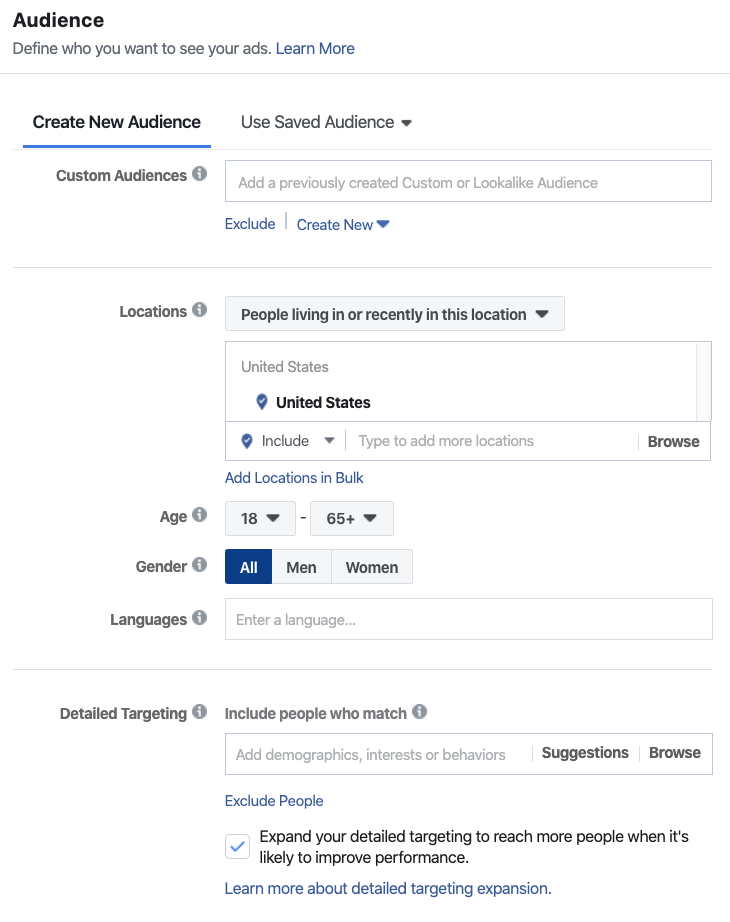
Based on your ad history, page visits, and website traffic Facebook knows exactly who your customer is, and can target them cheaper and faster.
Everything in this landscape of advertising depends on the market. If your product or service is already in demand and popular, it is easy for the Facebook algorithm to find prospects for you.
But where the market is not actively looking for what you are offering then you need to create top of the funnel awareness ads to warm up your target audience.
2. We have a new ad account for a new product that has no pixel data, will open targeting still work?
With Facebook it is almost like there is an oil field in front of us, there is oil in the ground, but we don’t know where to start digging.
Facebook’s algorithm is the machine that can detect the oil in the ground.
In the past, this machine did not have enough data to produce a good result so we needed to help it navigate to the spot.
Today it has learned enough to amaze us when it comes to well-established industries.
Open targeting produces different results for different industries depending on how much data the algorithm has for that industry.
A smart marketer will still outperform someone who leaves all the decisions to the algorithm.
3. What’s the best way to set up your ads? Is it multiple ad sets or is it a single ad set, multiple ads?
You should run tests for this to get the “Impression Share” for every creative. Try using dynamic creative at the ad set level as it cycles through ads with less bias.
If you leave this decision to the algorithm, once it detects an ad that gets engagement from the audience it starts ignoring other ads.
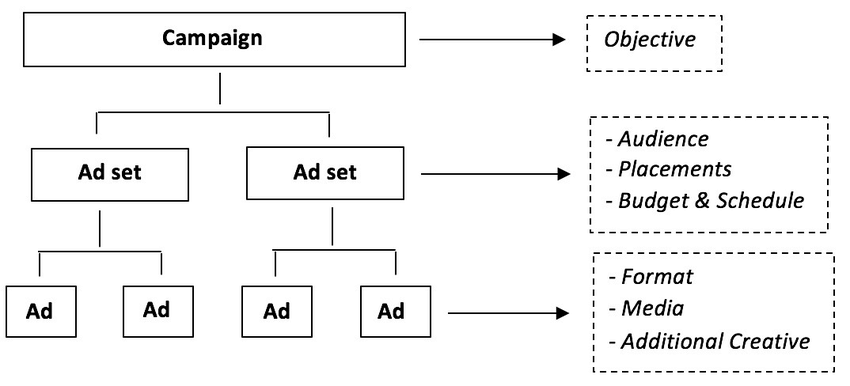
For example, you could use 5 different ad sets with 2 different creatives in each of the dynamic ad set.
Experiment with 2 headlines, 3 images while keeping the same body text and then see which combination outperforms all and run with that.
Cycle through your creatives and keep a low frequency (preferably under 2) to avoid audience burn out.
The marketing principle that it takes seven “touches” before someone will internalize your message and act upon your call to action applies here as well.
Just make sure the audience is touched seven times using different ads and not by one ad run seven times.
Master FB Advertising
Learn to generate leads for your agency with ads.
4. Should we create hyper-targeted audiences or keep the targeting open when remarketing?
Hyper targeting makes sense and reduces your workload where only that group of people will be receptive to your message.
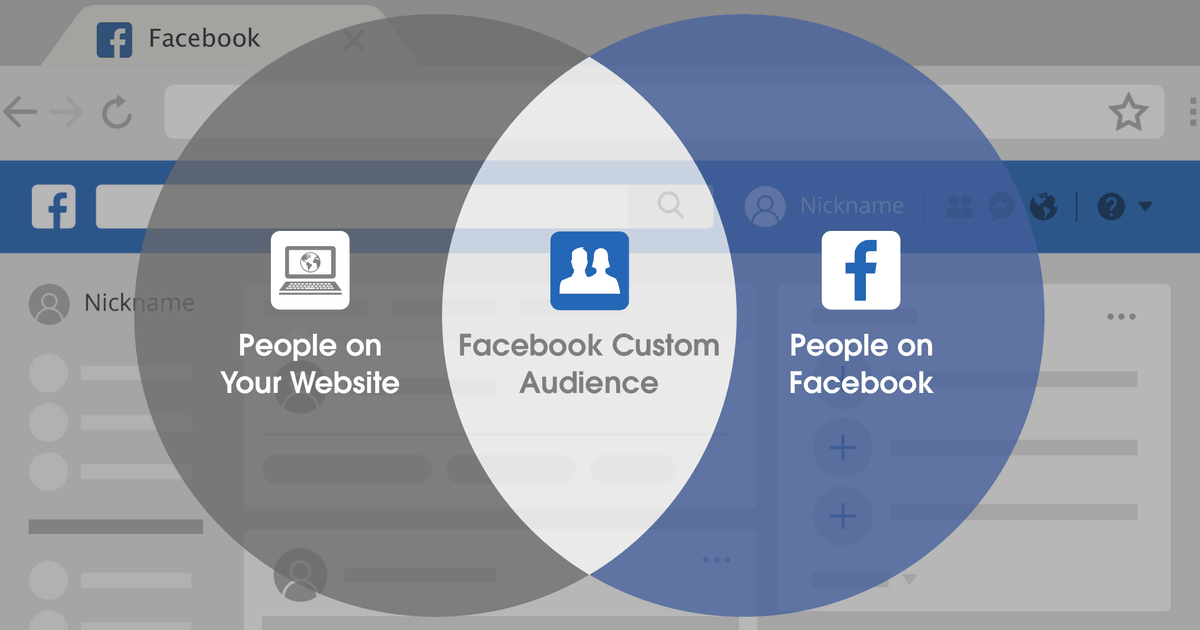
For example, if you are advertising a video to an audience and remarketing a message to anyone who watched 50% or more of that video.
That would be worthwhile, but since that audience will be small you should use dynamic creative or change the ad often to avoid burnout.
Check out our guide to creating hyper targeted custom audiences here.
5. We know not to mess with an ad that is performing well, so how can we swap creative?
When a campaign is performing well, aka once the Facebook Algorithm has identified an audience that is taking positive action on your ads, you don’t want to alter that campaign.
Facebook is really weird about this and sometimes making small changes will kill the campaign entirely.
However, you can run a new ad targeting the same audience while using different creatives, and since the creative will be different, you will avoid the burnout.
Spend some money on the new ad and see how it performs. If the new ad gives better results than the old one, just switch the ads.
6. When you say don’t kill a performing ad, won’t it kill itself with creative exhaustion?
People are at different levels at different times, psychologically and financially.
Even if you are hyper-targeting, you do not run the risk of creative exhaustion because when the ad cycle starts again the mental and/or financial state of the target audience has changed.
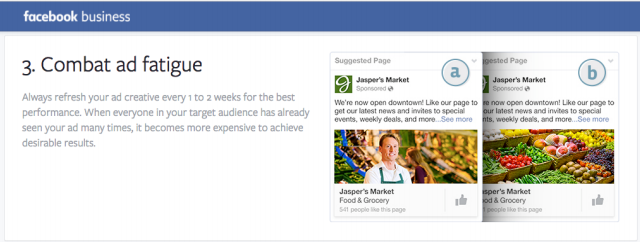
Since they are familiar with your message and now that they are at a different point in their lives, they may be more receptive to your message.
With an audience around a hundred and fifty thousand people, it will take six or seven months to get around to the first person who saw t he ad for the first time and a lot of things change in that period.
So don’t assume that you can’t rehash your ads and let the data speak to you.
Master FB Advertising
Learn to generate leads for your agency with ads.
7. Is it okay to combine the audience for different ads or hyper-targeting is the way to go?
It is always better to give the algorithm more ground to play with but testing is the pragmatic approach.
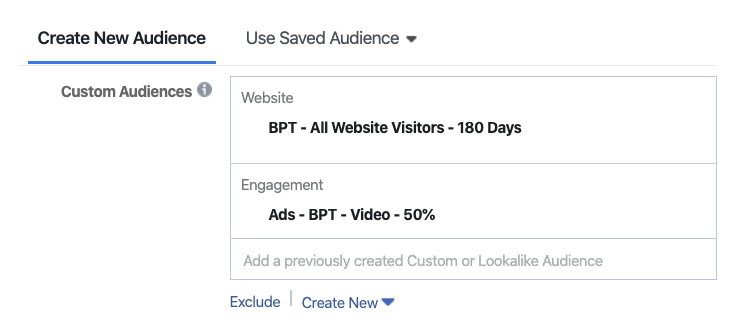
Got more questions?
Join us for one of our upcoming Facebook LIVE events where you can ask our experts anything.